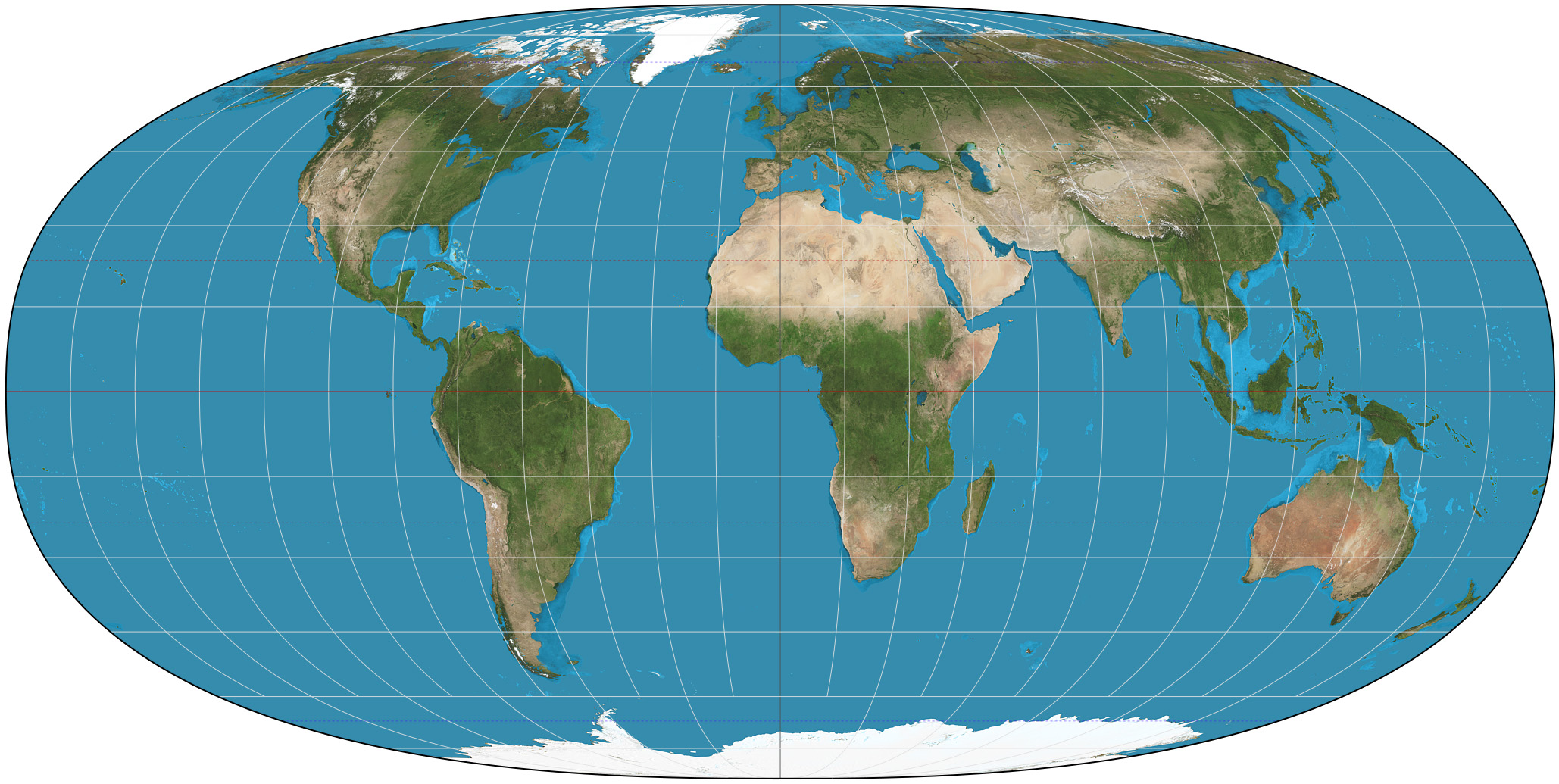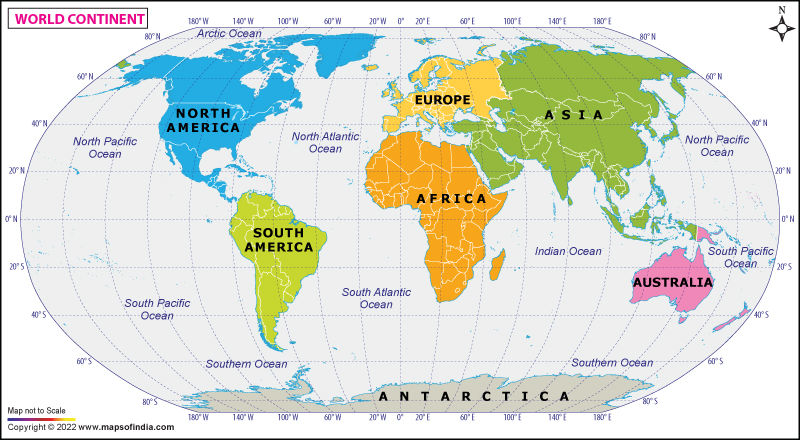Only about 29 percent of Earth’s surface consists of land; the remaining 71 percent is water or ice. Thus, less than one-third of our planet is habitable by human beings, and much of this area is too dry, too cold, or too rugged to allow large concentrations of settlement. Our livable world-where permanent settlement is possible-is small indeed. Each of the six continental landmasses possesses unique physical properties, some of which are listed
View More ABOUT THE LANDMASSES IN THE WORLDTag: What continent is Russia?
What Makes a Continent a Continent?
According to a 2017 paper published in the Geological Society of America’s journal, GSA Today, “The ‘Glossary of Geology’ defines a continent as ‘one of the Earth’s major landmasses, including both dry land and continental shelves.’ It is generally agreed that continents have all the following attributes: (1) high elevation relative to regions floored by oceanic crust; (2) a broad range of siliceous igneous, metamorphic and sedimentary rocks; (3) thicker crust and lower seismic velocity structure than oceanic crustal regions; and (4) well-defined limits around a large enough area to be considered a continent rather than a microcontinent or continental fragment… To our knowledge, the last point — how ‘major’ a piece of continental crust has to be to be called a continent — is almost never discussed.”
View More What Makes a Continent a Continent?

